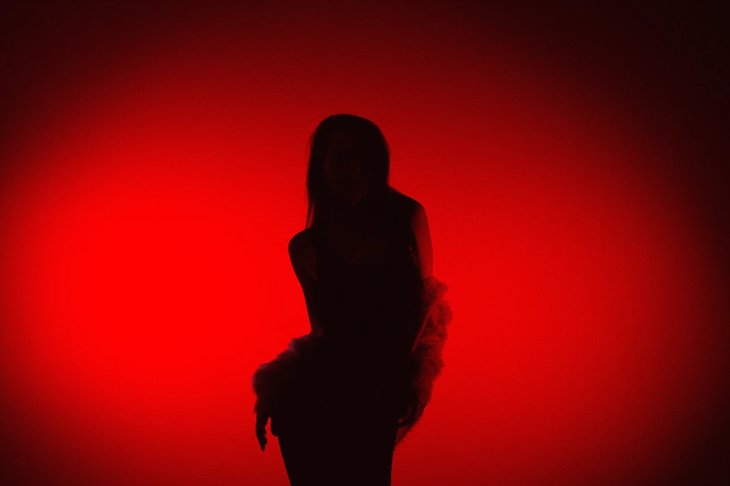
Red Light Therapy (RLT) is a medication that can help repair the skin, muscle tissue, and other areas of the body. The process exposes you to low levels of red
Red Light Therapy (RLT) is a medication that can help repair the skin, muscle tissue, and other areas of the body. The process exposes you to low levels of red or near-infrared radiation. Infrared light is a form of energy that your eyes can’t see, but your body can feel like fire. The red light is close to the infrared light, but you can see it.
Red Light Therapy, also known as low-level laser therapy (LLLT), low-power laser therapy (LPLT), and photobiomodulation (PBM), is a controversial medicinal procedure. It uses low-level red light wavelengths to cure skin disorders such as lines, burns, and chronic wounds, among other conditions.
In the early 1990s, RLT helped develop space-based plants. Scientists have discovered that intense light from red light-emitting diodes (LEDs) has contributed to plant cells’ growth and photosynthesis.
he red light was then researched for its possible use in medicine, more precisely to figure out if RLT could increase energy within human cells. The researchers hoped that RLT could be an efficient way to treat muscle atrophy, slow wound healing, and bone density problems induced by weightlessness during space flight.
Usage & Benefits of Red Light Therapy
Researchers have heard for a time about Red Light Therapy. But there’s not much research on it, and they don’t know if it’s different from other forms of treatment used to help you recover. Red Light Therapy can help:
Dementia: In a small sample, people with dementia who underwent daily near-infrared light treatment on their heads and through their noses for 12 weeks had a better memory, had a better sleep, and were less often upset.
Dental pain: In another small sample, people with temporomandibular dysfunction syndrome (TMD) had reduced pain, tapping, and jaw tenderness after Red Light Therapy.
Loss of hair: One research showed that men and women with androgen alopecia (a genetic disease that induces hair loss) who used RLT at home for 24 weeks developed thicker hair. People in the sample who used a bogus RLT system did not get the same findings.
Osteoarthritis: One research showed that red and ultraviolet light therapy for skin decreased osteoarthritis-related discomfort by more than 50 percent.
Tendinitis: A microscopic analysis of 7 participants indicated that RLT decreases inflammation and discomfort in people with Achilles tendinitis.
Wrinkles and other aging and skin injury symptoms: Research shows that RLT can smooth the skin and help with wrinkles. RLT also deals with creases, cuts, burns, and signs of sun exposure.
How Does Red Light Therapy Work?
With Red Light Therapy, you expose your skin to a red light bulb, unit, or laser. A part of your cells called mitochondria, often referred to as the “power generators” of your cells, suck it up and produce more electricity. Any scientists believe this allows the cells to rebuild themselves and to become healthier. It facilitates the regeneration of the skin and muscle tissues.
Red Light Therapy works by creating a biochemical reaction in cells that stimulates mitochondria and produces its energy. The energy-carrying molecule present in the cells is called adenosine triphosphate or ATP.
By increasing the role of mitochondria with RLT, a cell can make more ATP. With more energy, cells can act more effectively, rejuvenate themselves, and restore the damage. RLT is distinguished from laser or extreme pulse light (IPL) treatment because it does not cause damage to the skin’s surface. Laser and pulsed light therapy for skin work by causing programmed disruption to the skin’s outer layer, resulting in tissue recovery. RLT bypasses this difficult step by actively inducing skin regeneration. The light emitted by the RLT penetrates approximately 5 millimeters below the surface of the tissue.
Dangers & Risks of Red Light Therapy
Many consider Red Light Therapy effective, even though experts are not entirely sure how and why it operates. And there are no rules about how much light to use. Too much light can affect the skin of the skin, but too little may not function.
Red Light Therapy is known to be effective and painless. However, there are recorded cases of burns and blistering from the use of RLT units. A few individuals developed burns after falling asleep with the machine in place, while others encountered burns due to broken wires or deterioration of the system.
There is also a possible possibility of eye injury. While the eyes are better than conventional lasers, adequate eye safety could be required when undergoing Red Light Therapy.
Red light does get controversial because many photons you need to suck in to see the findings that experts have not yet nailed to the optimum dosage. When determining how many, it’s best to lean on the side of caution and visit a licensed dermatologist before trying Red Light Therapy at home, as you do for any new beauty treatment.
While there are few or no complications involved with the procedure, too much heat or damaged equipment may damage the skin tissues leading to burns and blisters. Immediately seek medical advice on any burns. It’s also a smart thing for those vulnerable to bright lights to make sure you have the option of some eye protection.
Usage of Red Light Therapy
The treatment often happens at the doctor’s office. But some dental clinics and salons do so, too. You can also order your own Red Light Therapy for skin kit. Salon and at-home therapies are more likely to cause side effects or complications. Speak to the psychiatrist if you are worried about red light treatment.



